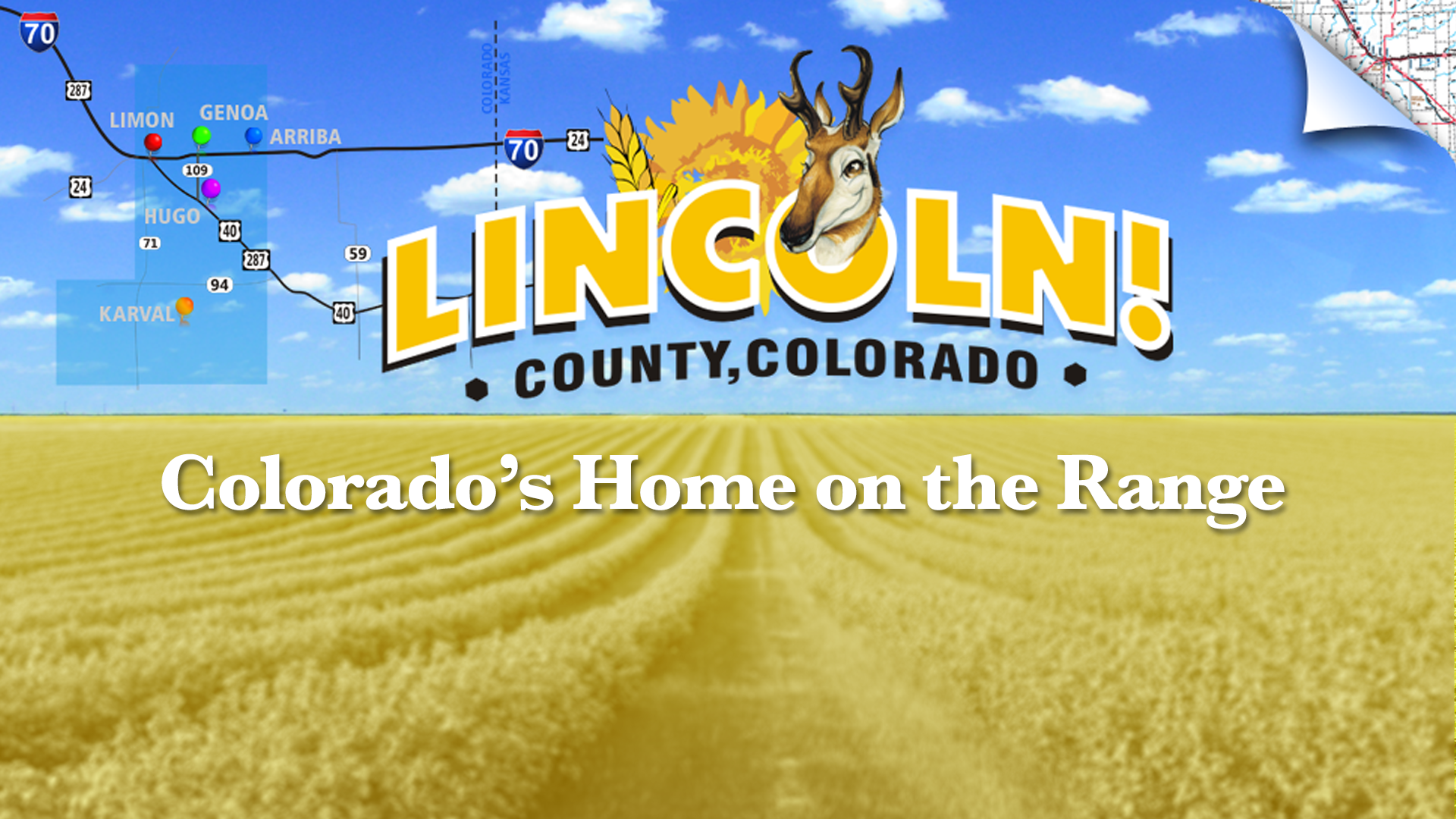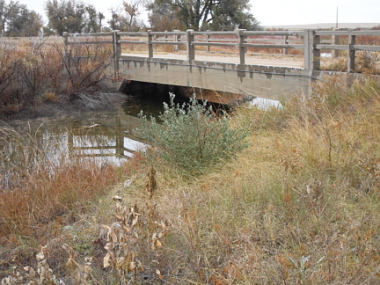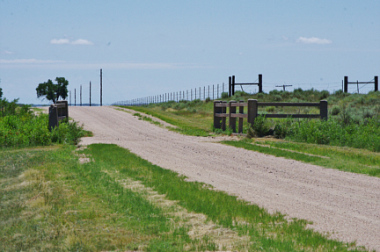The Ghosts of the Old Golden Belt Route
Just south of the US Highway 40/287 junction with State Highway 94 is the remnant of the old Golden Belt Route. When the government changed the right of way of US 40 they left behind the old highway for ranch access. Just before the railroad crossing is a dusty country road that appears to go nowhere. Yet this country road takes one back in time, a living museum.
Traveling west, just across the county line a short distance is the Aroya stage stop from the 1860’s. Looking south over the railroad tracks in a ranchers pasture is roughly where the stage station was located. There are no marking’s left and the stone marker from the stage operator is probably a souvenir somewhere.
Many a story has been told of these ghost stages rolling across the plains with Indians in hot pursuit. The stagecoach making it into the station, the gate closed, and passengers jumping out with rifles firing at the Indians. Shortly it would be quiet as the Indians retreated into the woods of the sand creek. Hollywood did not have to write a script as these were actual events along the route.
The Golden Belt Route was the shortest distance between St. Louis and Denver.
When the Interstate was built, the routing was designated along the Interstate. Yet along this short piece of country road one can see how the early travelers traveled. No museum could recreate this short route that was left behind. There is a couple of old concrete bridges on the route. This happened when the government road builders thought concrete was the solution to road construction. At the turn of the century wagons were still plying this road. When the horseless carriage was built they used these wagon roads.
Here time hasn’t changed the prairie much. A keen eye may spy the Bald Eagles resting in the trees down by the sand creek. There is the ambassador of the plains, the Western Meadow Lark. His distinctive chirp greets the traveler. The small birds scurry along the grasses searching out bugs. Overhead floats the Prairie Falcon or maybe a circling hawk. The Colorado prairie has one of the largest varieties of birds in the state. There is the Rocky Mountain Plover that passes through in the spring and often gets mistaken for another bird, the Killdeer.
In the woods of the Big Sandy the deer lounges in the shade of the giant cottonwoods. Nearby are pools of water and lush grass on the banks. Out on the hillside are the watchers, the Antelope. As one travels along the road they keep a sharp eye on the visitors. There are a variety of herds in the area and most prefer a good distance from strangers.
Here is a land that hasn’t changed much from when the first gold seekers stumbled across Colorado to the Rocky Mountain gold fields. When the highway was moved, lots of the original character was kept. In the summer of 1870 the railroad pushed its iron rails across the prairie. The Smokey Hill Trail moved to follow along the stagecoach faded into pages of history. The Indians had been chased north or to Oklahoma. The Golden Belt Route had become a high speed conveyance. The train had reduced the time from back east to the mountains and the Smoky Hill trail was now easy to follow.
In the 1850’s when the trail was first laid out many a traveler got lost traveling west. Large mounds of dirt were used to spot the trail. The buffalo thought these dirt piles were a great place to wallow. Then the big rush hit. One Denver newspaper estimates that over 100,000 travelers passed through Denver that summer on their way to the gold fields.
The route along through here would have been congested. People headed for Colorado in many a manner. Pictures show them pushing wheelbarrows, pulling a hand cart, leading a burro, or just walking carrying a knapsack. Gold is a driving fever and all shapes and sizes of the fever passed through this area.
Today this little country road is quiet. You’ll maybe meet one or two vehicles or possibly a long coal train may pass by. Ahead lays the ghosts of Boyero, a little community that refuses to roll up their main street.


